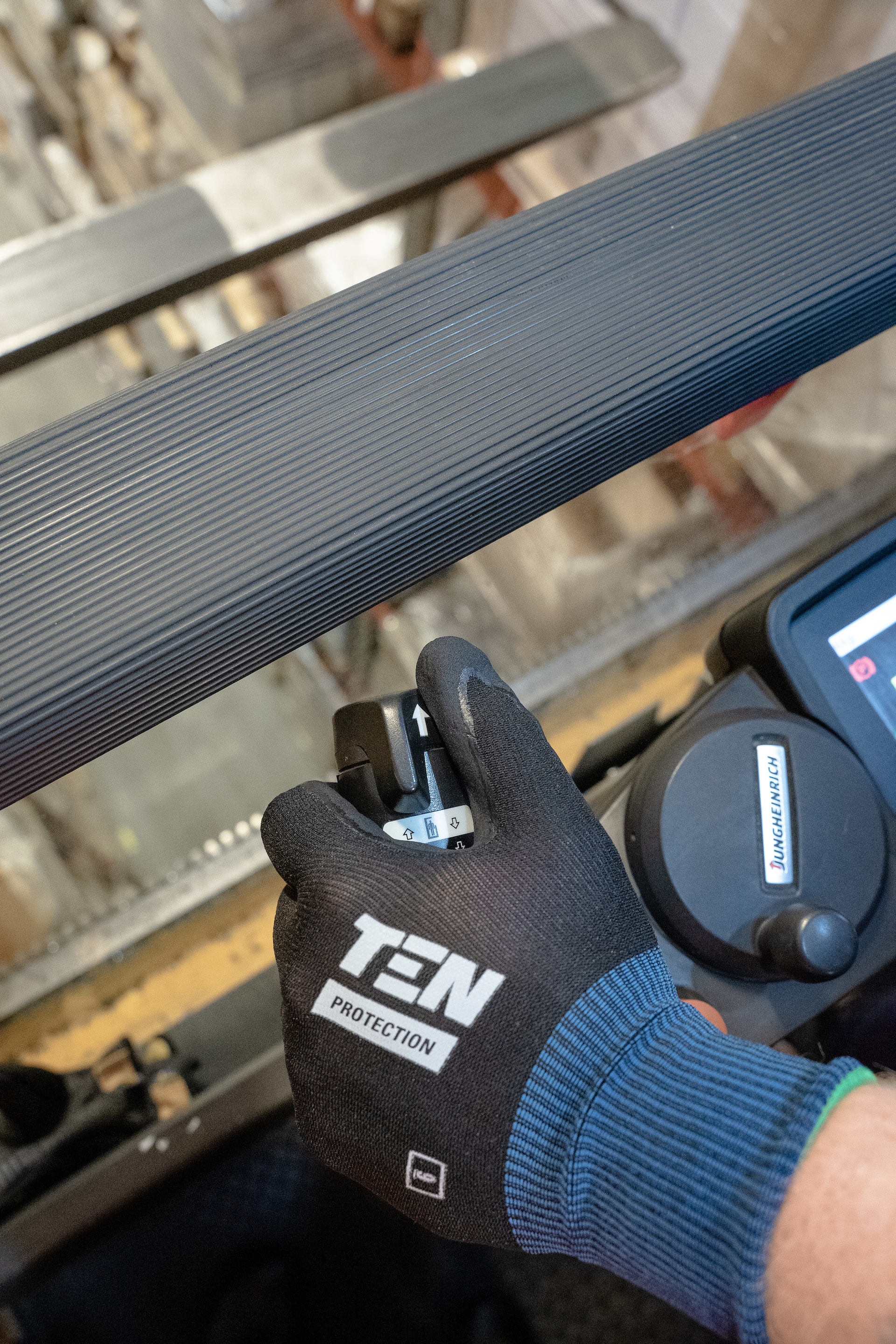Warehouses and industrial settings are fast-paced and the heroes making supply chain move are the forklifts. However, the comfort and productivity of the operators behind the wheel, have you ever tried landing in this line of thought? This article takes us into the science of forklift ergonomics, and how it facilitates the development of comfortable and productive workplaces. Welcome to the world of forklift ergonomics, where operator comfort and well-being dominate. In this article, we will discuss the science of developing work environments that not only guarantee forklift operators’ safety but also enhance their productivity.
Understanding Forklift Ergonomics
Forklift ergonomics is the study of developing workspaces that ideally match human body size, capabilities and limitations. It’s beyond comfort; it involves creating an environment that minimises operator fatigue, avoids injuries, and increases general productivity. Forklifts are not mere machines; they are engineered for operator safety. Comfortable user experience is optimised through features such as adjustable seats, ergonomic control panels, and good visibility.
It’s not only about the forklift; it’s also about the operator. Forklift training programs emphasising ergonomic best practices empower the operators to optimise the ergonomic features, resulting in an integration of human and machine.
The Importance of Operator Comfort
Think of running a forklift in an uncomfortable for several hours; neck strained, back hurt. This, in turn, causes dissatisfaction amongst operators and diminished attention that results in the making of mistakes. It is not just a luxury to be comfortable but it’s a need. The seat is the throne of a forklift operator and its design affects comfort greatly. Well-designed seats and lumbar-supported with adjustment in the seat front/backward should bring musculoskeletal problems associated with long stays in the forklift.
Control Panel Placement & Adjustable Streeting Columns
Have you ever had to use a control panel in a very inconvenient place? Control panels of the equipped forklifts are in ergonomic positions that enable their operators to reach and operate the controls with little strain. Even the smallest of modifications can bring about a big change in the operator’s experience.
That is never more apparent than with steering columns, as one size doesn’t even come close to fitting all, as well. Hence adjustable steering columns that accommodate operators of different heights for comfortable driving positions. Overall, this adaptability of humans contributes a lot towards ergonomic excellence.
Ensuring Proper Visibility for Operators
Good visibility is one of the safety prerequisites. Properly designed masts for the forklift and mirrors located in the right positions make sure that operators have clear vision without hindrances, which lowers accident cases and increases efficiency at large.
Forklift ergonomics have an impact on more than just comfort and safety. Satisfied, comfortable operators remain more attentive and make fewer mistakes, making operations flow smoothly with much higher output.
Forklift ergonomics isn’t just a catchy phrase in the context of warehouse operations; it is a science that cannot be overlooked. Companies can provide environments that are safe and productive by investing in the well-being and comfort of the operators.

Forklift Ergonomics Frequently Asked Questions
What is the Effect of Forklift Ergonomics on Operator Health? Ergonomics in forklifts has a direct influence on operator health such as reducing instances of musculoskeletal. Some ergonomically designed features of workplaces can include adjustable seats and control panels, all of which lead to a comfortable and supportive work environment.
Are there any guidelines for forklift ergonomics? Indeed, several safety and health regulations govern the ergonomic nature of forklifts. These regulations ensure seat design and control placement as well as vision standards for the operability of operators. Nonetheless, complying with these regulations is essential for safety at such places.
What Can Companies Do for Forklift Ergonomics Improvement? To improve the ergonomics of the forklift, companies should add simple ergonomic design features, train operators in ergonomic best practices, and maintain and replace equipment regularly. Workplace policies should emphasise the need to prioritise operator comfort and safety.
What is the importance of seat design in forklift ergonomics? The design of the seat is paramount in forklift ergonomics due to the long periods that the operators spend seated. Comfortable operator working is ensured thanks to fatigue and back-related issues prevention provided by ergonomically designed seats with lumbar support and adjustability.
Do ergonomic improvements improve productivity? Absolutely, ergonomic enhancements in forklift engineering could be very instrumental in productivity. Comfortable operators are also more focused, less fatigued, and therefore make minimal errors. As a result, this increases the general performance in terms of productivity at the workplace.

